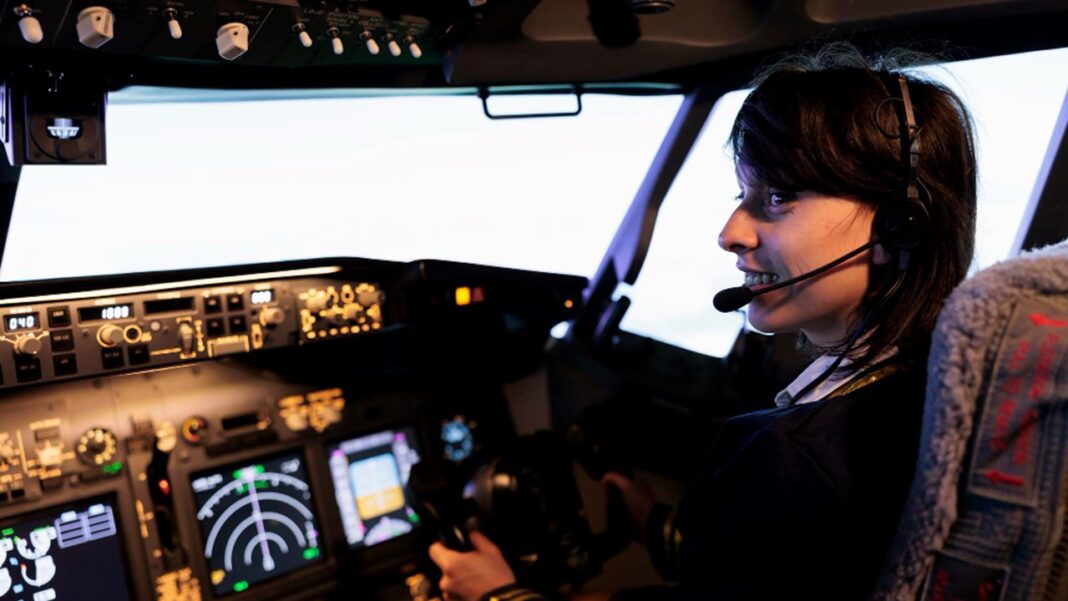The aviation industry has undergone a remarkable transformation in recent decades, and flight control electronics stand at the center of this evolution. From the early days of mechanical controls to today’s sophisticated fly-by-wire systems, electronic flight controls have become the backbone of modern aircraft. These systems not only enhance safety and performance but also support the industry’s push toward more-electric and even fully autonomous platforms.
This blog takes a closer look at the Flight Control Electronics Market, examining its current size, growth drivers, challenges, and the innovations shaping its future.
Market Overview
According to the marketintelo latest research study, “The global Flight Control Electronics Market is expanding steadily as aircraft technology advances. Recent estimates suggest the market is already valued in the tens of billions of dollars, with expectations of reaching over USD 8.2 billion by 2033. The projected growth rate typically falls in the 6–9% CAGR range, driven by a mix of commercial, military, and general aviation demand.”
This growth is fueled by two key factors: the continuous need for fleet modernization and the increasing integration of electronic systems that replace or enhance traditional hydraulic and mechanical controls.
Key Growth Drivers
1. Expanding Aircraft Fleets
The surge in global air travel has led airlines to invest in newer, more efficient fleets. Each new aircraft requires advanced flight control computers, sensors, and actuators, boosting demand for electronic systems.
2. Shift to More-Electric Aircraft
The move from hydraulics toward electro-mechanical actuators and power electronics is transforming aircraft design. More-electric architectures reduce weight, improve efficiency, and increase reliability, making electronics a central focus.
3. Military Modernization and Unmanned Systems
Defense programs are prioritizing next-generation fighters, helicopters, and unmanned aerial vehicles (UAVs). These platforms rely heavily on ruggedized and software-driven flight control electronics.
4. Safety Regulations and Avionics Upgrades
Regulatory bodies worldwide continue to tighten safety standards. Airlines are also updating avionics to extend aircraft lifespan and comply with new operational requirements. These updates often include retrofitting flight control electronics.
Market Segmentation
The Flight Control Electronics Market can be broken down into several segments:
- By Component: flight control computers, sensors, actuators, servos, and power electronics.
- By Platform: commercial jets, regional and business aircraft, military fighters, and rotary-wing aircraft.
- By Technology: traditional hydraulic systems versus advanced fly-by-wire and emerging electro-mechanical solutions.
A notable trend is the rapid adoption of fly-by-wire systems in both fixed-wing and rotary-wing platforms, ensuring smoother handling, reduced pilot workload, and improved safety margins.
Regional Landscape
- North America remains the largest market due to its strong aerospace manufacturing base, defense investments, and large MRO (maintenance, repair, and overhaul) sector.
- Europe continues to be a hub for innovation, with major aerospace companies focusing on advanced actuation and digital flight control systems.
- Asia-Pacific is the fastest-growing region, fueled by fleet expansion in countries like China and India, where airlines are rapidly scaling up capacity.
North America currently holds the largest market share, but Asia-Pacific is expected to see the highest growth rate over the next decade.
Competitive Landscape
The market is highly competitive, with a mix of global aerospace giants and specialized avionics firms. A trend of consolidation is reshaping the industry, as companies acquire or merge to strengthen their portfolios. Large-scale acquisitions in recent years have shown how flight control systems are now considered strategic assets, enabling suppliers to scale production and integrate advanced technologies more efficiently.
Challenges Facing the Market
Despite steady growth, the Flight Control Electronics Market faces several hurdles:
- Supply Chain Disruptions: Shortages in semiconductors and specialized electronic components are delaying production schedules.
- Certification Barriers: Aviation regulations require lengthy testing and approval processes for safety-critical systems, slowing the introduction of new technologies.
- Legacy Integration Issues: Retrofitting older aircraft with new electronic systems can be costly and technically complex.
- Price Pressures: Aircraft OEMs push suppliers to cut costs, forcing companies to innovate while managing margins carefully.
Opportunities and Innovations
Looking ahead, several opportunities stand out:
- Urban Air Mobility (UAM) and UAVs: Electric air taxis and drones depend heavily on advanced, lightweight flight control systems.
- Predictive Maintenance: Embedding sensors and diagnostics into flight control electronics allows for real-time monitoring and predictive maintenance, reducing operational downtime.
- Digital Avionics and Software-Defined Systems: Modular platforms will enable future upgrades through software rather than hardware changes, cutting costs and improving flexibility.
- Electrification of Actuation: The move toward fully electro-mechanical actuators eliminates hydraulic systems, further advancing more-electric aircraft concepts.
Future Outlook
The Flight Control Electronics Market is expected to maintain steady growth in the next decade. As airlines modernize fleets, militaries upgrade platforms, and new aviation segments like urban mobility emerge, the demand for advanced flight controls will intensify.
Companies that focus on software-driven solutions, resilient supply chains, and lifecycle services will be best positioned to capture future opportunities. By 2032, the market is likely to be shaped not only by hardware innovation but also by data-driven services and predictive maintenance capabilities.
Conclusion
The Flight Control Electronics Market reflects the broader transformation of the aviation industry—toward electrification, autonomy, and digitalization. While challenges remain in certification and supply chains, the long-term outlook is positive. With projected growth rates between 6–9% annually, stakeholders can expect expanding opportunities, especially in regions with high fleet growth and in emerging aviation applications such as electric aircraft and UAVs.
For aviation enthusiasts, industry professionals, and market observers alike, this sector represents one of the most exciting areas of aerospace innovation today.
To learn more, visit www.marketintelo.com/report/flight-control-electronics-market.





